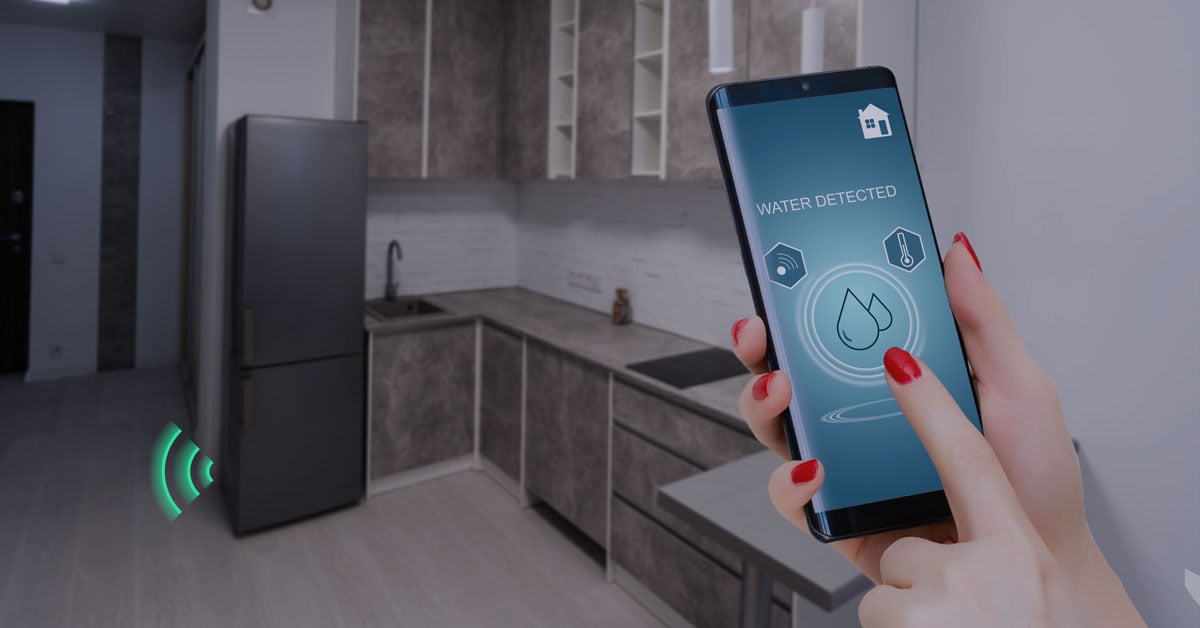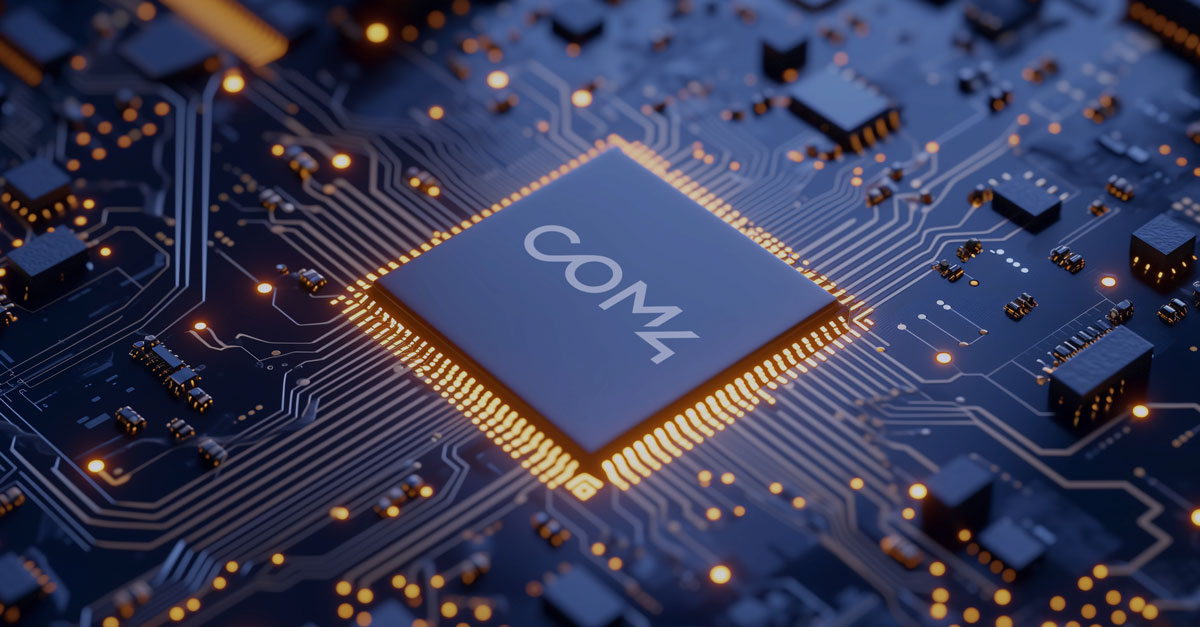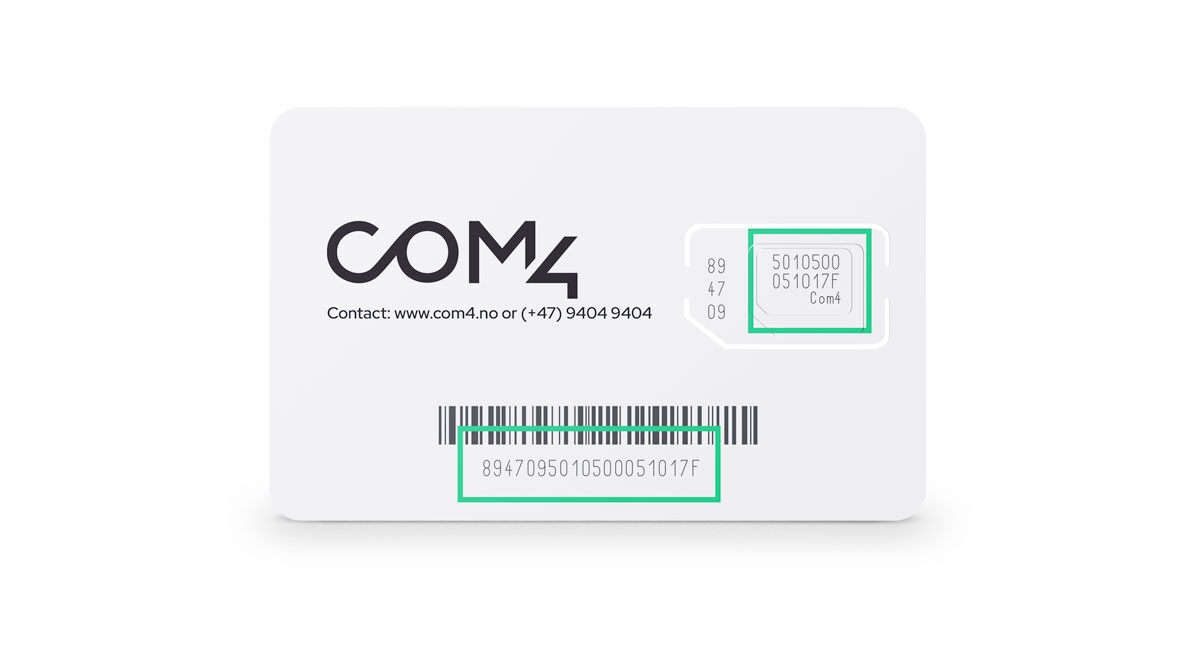According to Grand View Research, the global IoT devices market was valued at USD 70.3 billion in 2024. It is expected to grow to USD 181.17 billion by 2030, with a CAGR of 16.8% from 2025 to 2030. This rapid growth shows how quickly connected technology is being adopted across industries.
Every IoT system depends on reliable connectivity. Cellular IoT has become one of the most trusted solutions for secure and consistent communication around the world.
What Are Internet of Things (IoT) Devices?
IoT devices are physical objects that connect to the internet and share data. They use sensors, software, and network technology to collect and exchange information. These devices can be as small as a fitness tracker or as large as an industrial machine.
Each IoT device is built for a specific purpose. It might monitor temperature, track assets, or control automated systems. The data collected is sent to other devices or cloud platforms, where it can be processed and used in real time.
Cellular IoT devices use mobile networks to stay connected securely and without interruption. They work reliably even when used across different countries. Com4’s Global IoT SIM Cards make this possible with coverage in over 190 countries and access to more than 750 networks. This ensures stable and reliable connectivity for businesses everywhere.
Why Are IoT Devices Important?
IoT devices make industries smarter and more efficient. They provide real-time data that helps businesses make better decisions and reduce manual work.
In healthcare, connected devices allow doctors to monitor patient vitals from a distance. In factories, IoT sensors can detect equipment issues early and prevent costly breakdowns. Reliable IoT connectivity also helps companies manage remote sites, automate routine tasks, and maintain high accuracy.
This technology opens new opportunities for innovation in healthcare, energy, agriculture, logistics, and many other sectors.
4 Types of Internet of Things Devices
IoT devices come in many forms, depending on how and where they are used. Broadly, they are grouped into four main categories based on their application area. Understanding these categories helps businesses and users choose the right technology and connectivity to suit their needs.
Consumer IoT Devices
These are devices used in daily life such as fitness trackers, smart thermostats, or home assistants. They collect data to enhance comfort and convenience. For instance, smart watches monitor health activity, while connected appliances help manage energy usage efficiently.
Industrial IoT Devices
Industrial IoT (IIoT) devices are used in manufacturing, logistics, and energy sectors. They track machinery performance, control systems, and improve safety. Our client Gomero uses cellular IoT connectivity to monitor and maintain electrical grid components across nine countries.
Commercial IoT Devices
Commercial IoT supports businesses such as retail, hospitality, and healthcare. It includes payment terminals, security systems, and connected delivery vehicles. MedThings and Dignio use our IoT communication to ensure medical devices share secure data for better patient outcomes.
Infrastructure IoT Devices
These devices power smart cities, connected transportation, and public utilities. Bane NOR uses IoT connectivity from Com4 to enhance railway monitoring and maintenance across Norway. IoT sensors can also manage street lighting, water systems, and traffic control.
What is IoT Device Management?
IoT device management means monitoring and maintaining connected devices throughout their lifecycle. It keeps every device in the network secure, active, and updated. Good device management is especially important for large IoT projects. It helps businesses control hundreds or even thousands of devices that run at the same time.
Key functions of IoT device management include:
- Provisioning and Onboarding: Adding new devices securely and configuring them to connect to the network.
- Monitoring and Diagnostics: Tracking device performance, connectivity status, and data usage in real time.
- Firmware and Software Updates: Sending remote updates to keep devices secure and compliant.
- Security Management: Protecting devices through authentication, encryption, and secure data exchange.
- Lifecycle Control: Managing activation, suspension, or replacement of devices as required.
Com4’s connectivity platform simplifies these tasks by allowing users to monitor SIM activity, adjust data limits, and receive alerts instantly from one dashboard. This level of control helps businesses maintain reliable and secure IoT operations at scale.
How Do IoT Devices Work (Step-by-step)
IoT devices follow a clear process that allows them to collect data, communicate, and perform actions automatically. Below are the main steps that explain how these devices operate:
Step 1: Data Collection
Every IoT device begins by gathering information through sensors. These sensors can measure temperature, motion, pressure, or location depending on the purpose of the device. Accurate data collection is the foundation of any IoT system.
Step 2: Data Transmission
Once collected, the data is sent over a network using technologies like Wi-Fi, LPWAN, or cellular IoT. Cellular networks, such as those provided by Com4, ensure devices remain connected securely and reliably even across long distances.
Step 3: Data Processing
The transmitted data is processed either within the device (edge computing) or in the cloud. This step helps filter, analyse, and prepare the data for actionable insights.
Step 4: Action and Response
After processing, the device or system triggers an action based on the analysed data. For example, a smart thermostat adjusts the temperature automatically, or an industrial sensor alerts engineers about equipment failure.
Step 5: User Access and Insights
Finally, results are shared with users through applications or dashboards. These insights allow users to monitor performance, make decisions, or automate further actions for improved efficiency.
Examples of IoT Devices
IoT devices are now part of everyday life and play a vital role in industries, homes, and cities. They collect data, automate tasks, and help people and businesses make faster, smarter decisions. Below are some real-world examples that show how IoT devices are being used today:
- In healthcare, MedThings uses Com4’s cellular connectivity to send patient data securely. Doctors can monitor treatments remotely and respond faster.
- Smart home devices like thermostats, speakers, and security systems adjust lighting, temperature, or access automatically.
- In food delivery, Just Eat Norway uses IoT trackers to follow deliveries in real time. This helps food reach customers on time.
- Wearable devices such as fitness bands and smartwatches track heart rate, activity, and sleep. They help users stay healthy and active.
- In rail transport, Bane NOR uses IoT sensors to monitor power systems. This improves safety and reduces maintenance delays.
- In energy and utilities, Gomero uses IoT sensors to detect faults early. This keeps the power grid reliable.
- On construction sites, Intellity uses IoT cameras to secure equipment and monitor safety around the clock.
- In agriculture, farmers use IoT sensors to measure soil moisture and crop health. This helps plan irrigation and improve yields.
- In aquaculture, Remora Robotics uses underwater robots connected through IoT. These robots monitor and clean fish cages to support sustainable farming.
Popular Cellular IoT Chipsets
Every IoT device has a chipset inside it. The chipset helps the device connect, process data, and communicate with other systems.
Cellular IoT chipsets work with LTE-M, NB-IoT, 4G, and 5G networks. They are designed to use little power while keeping performance strong. This makes them ideal for remote or industrial devices that need to run for a long time without charging.
Here are some of the most common cellular IoT chipsets:
- Qualcomm: Used in asset trackers, wearables, and smart meters. These chipsets support LTE-M and NB-IoT technology.
- MediaTek: Provides low-cost, energy-saving chipsets for IoT devices used in logistics and retail.
- Nordic Semiconductor: Makes ultra-low-power chipsets for smart sensors and industrial monitoring.
- u-blox: Offers modules with built-in connectivity and location tracking for cars, healthcare, and smart cities.
- Sequans Communications: Creates LTE-M and NB-IoT chipsets designed for global use and large IoT networks.
Common IoT Networks and Their Applications
IoT networks connect devices, sensors, and cloud systems. They help devices share data quickly and safely.
The type of network affects how fast and secure the connection is. Each IoT application has different needs for distance, speed, and power use. Choosing the right network is important for stable and reliable performance.
Here are some common IoT networks and how they are used:
- Wi-Fi: Used for short-range connections in homes, offices, and shops. It supports fast data transfer but needs a constant power supply.
- Bluetooth: Ideal for close-range devices such as fitness bands, medical sensors, and smart home systems.
- LPWAN (LoRa, Sigfox): Works well for long-distance communication with very low power use. It is often used in smart farming, utility monitoring, and city infrastructure.
- Cellular IoT (LTE-M, NB-IoT, 4G, 5G): Provides wide coverage and strong security. It is best for connected vehicles, logistics, smart grids, and industrial systems.
- Satellite IoT: Used in areas without mobile networks, such as oceans, remote fields, or mines. It supports industries like shipping, oil and gas, and environmental monitoring.
Com4 supports all major cellular IoT networks. It also offers Global Satellite Solutions for challenging environments.
IoT devices are changing the way we live and work. They help people and businesses save time, improve safety, and make better decisions. Many industries now depend on connected devices to run their daily operations.
As more devices come online, stable and secure connectivity becomes vital. Com4 offers simple and reliable IoT solutions that keep devices connected anywhere. With strong global coverage and easy management tools, we help build a smarter and more connected world.
FAQs on IoT Devices
What is an IoT Device?
An IoT device is a physical object that connects to the internet to send or receive data automatically.
What Are the 4 Types of IoT?
The four main types are consumer, industrial, commercial, and infrastructure IoT.
Examples of IoT Devices?
Examples include smart thermostats, GPS trackers, medical wearables, and industrial sensors.
Are IoT Devices Secure?
What Industries Use IoT Devices the Most?
What Are the Challenges in Managing IoT Devices?
Managing large device fleets, ensuring security, and maintaining consistent connectivity are major challenges. Using a trusted connectivity provider helps overcome these issues.
How Do IoT Devices Communicate with Each Other?
IoT devices share data through different network types. They use Wi-Fi, Bluetooth or cellular networks such as LTE-M, NB-IoT, 4G, and 5G.
Can IoT Devices Work Without the Internet?
What Future Trends Are Shaping IoT Devices?



.jpg?width=1200&height=628&name=lost-luggage-1200x628-2%20(1).jpg)



.png)



